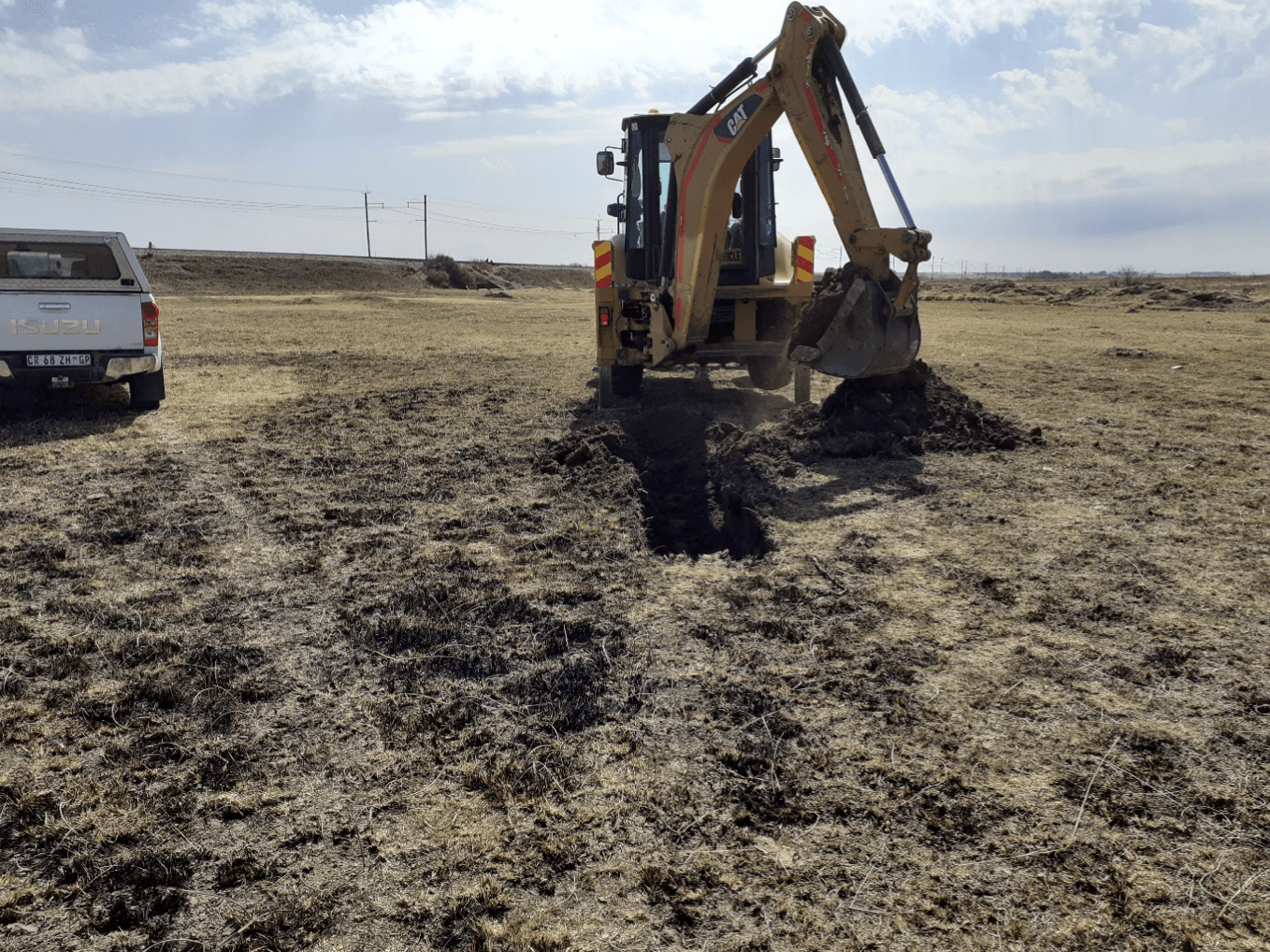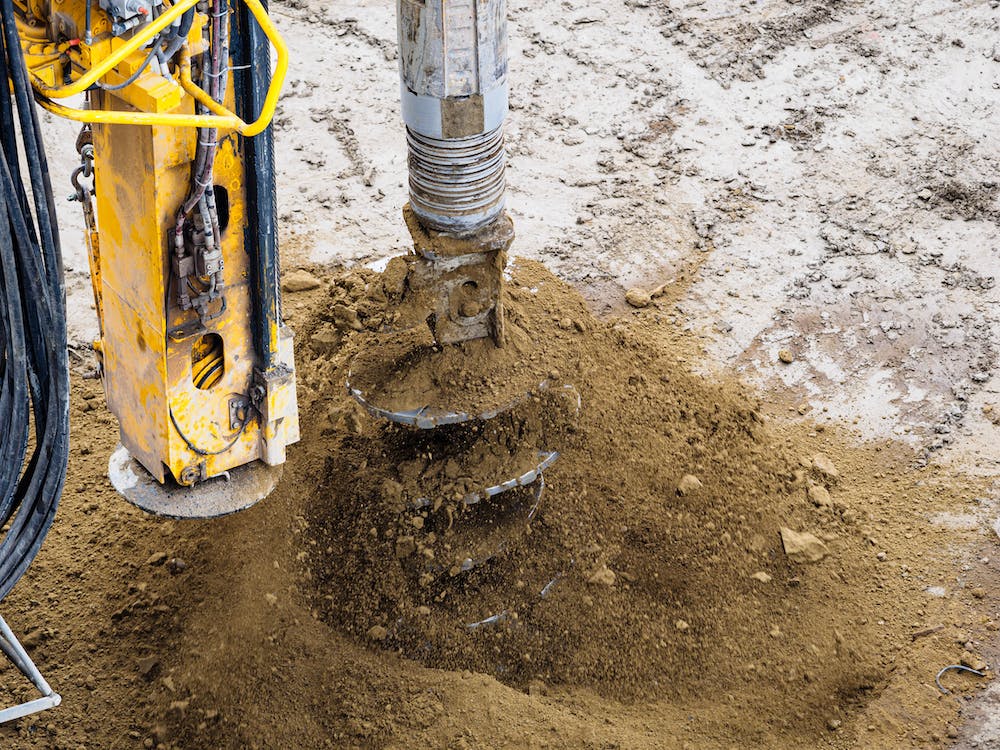Recognizing the Principles: Concerning Geotechnical Engineering in Modern Construction
Recognizing the Principles: Concerning Geotechnical Engineering in Modern Construction
Blog Article
A Thorough Summary of Geotechnical Engineering Techniques and Their Effect on Modern Civil Engineering Projects
Geotechnical design acts as the backbone of modern-day civil engineering, supplying important techniques that deal with the complexities of subsurface problems. The interaction of soil evaluation, foundation style, and innovative modern technologies shapes the integrity and sustainability of facilities projects. As we explore these methodologies, it becomes clear just how vital they remain in mitigating possible threats related to building. However, the implications of these techniques expand past simple safety; they also influence project performance and ecological considerations, raising important inquiries concerning future improvements in the area. What remains to be revealed is the transformative potential of these developments on city advancement.
Importance of Geotechnical Design
Geotechnical design acts as an essential foundation for civil design tasks, affecting the security and stability of structures. This discipline concentrates on the actions of soil and rock materials, giving necessary understandings that guide the layout and building processes. By recognizing the interaction between the planet and engineered frameworks, geotechnical engineers can examine threats related to ground conditions, such as negotiation, incline security, and liquefaction.
The importance of geotechnical design extends beyond simple architectural honesty; it plays an essential role in environmental security and sustainability. Effectively performed geotechnical analyses ensure that jobs lessen their eco-friendly footprint and conform with governing needs (about geotechnical engineering). In addition, geotechnical design contributes in website choice, making it possible for engineers to identify suitable locations for construction that minimize potential threats.
Additionally, geotechnical design fosters advancement in civil design by advancing techniques for ground renovation, foundation design, and excavation. The discipline's payments are important in attending to obstacles postured by differing soil conditions, therefore facilitating efficient and safe infrastructure development. On the whole, the relevance of geotechnical engineering is extremely important in ensuring that civil design jobs are not only viable yet additionally durable versus all-natural and man-made adversities.
Secret Techniques in Geotechnical Design

An additional crucial technique is soil stablizing, which includes customizing soil buildings to improve load-bearing capacity or lower settlement. Methods such as adding cement, lime, or using geosynthetics are commonly utilized to accomplish soil enhancement.
Ground improvement strategies, including dynamic compaction and vibro-replacement, are also essential. These approaches aim to compress soft or loosened soils, enhancing their strength and lowering liquefaction potential in seismic areas.
Preserving structures, such as sheet piles and dirt nailing, are employed to sustain excavations and stop soil activity. Moreover, incline stabilization methods, including water drainage systems and retaining wall surfaces, are important for minimizing landslide threats.

Soil Analysis and Testing Approaches
Efficient soil analysis and screening approaches are critical for recognizing the chemical and physical homes of soil, which straight affect engineering decisions. A comprehensive assessment of soil characteristics is vital for forecasting behavior under various loading conditions and environmental influences.
Usual soil screening methods include both area and research laboratory strategies. Area tests, such as the Criterion Infiltration Examination (SPT) and Cone Penetration Examination (CPT), provide prompt insights into dirt stratification, strength, and thickness. These tests aid engineers examine site problems effectively prior to more considerable click this site laboratory evaluations.
Lab screening techniques, such as Atterberg restrictions, grain size distribution, and compaction examinations, are important for determining soil plasticity, dampness web content, and optimal compaction degrees. Advanced strategies like triaxial examinations and combined undrained (CU) tests provide beneficial information on shear strength and effective anxiety criteria.
Chemical screening, including pH, electrical conductivity, and natural material evaluation, is additionally essential for understanding prospective dirt contamination and its influence on building and construction products. Jointly, these soil analysis and testing methods form the structure of informed decision-making in geotechnical engineering, guaranteeing the security and stability of modern civil engineering projects.
Foundation Layout Approaches
These approaches can be classified into superficial and deep structures, each suited to specific dirt conditions and filling circumstances. Superficial structures, such as spread footings and floor covering foundations, are generally made use of when surface dirts have sufficient bearing capability.
In contrast, deep foundations, consisting of piles and pierced shafts, are employed when surface area dirts are weak or insufficient for sustaining the framework. These foundations transfer loads to much deeper, a lot more stable dirt or rock layers, making them important for skyscraper buildings and bridges in tough geotechnical conditions.
Picking the suitable structure design entails detailed geotechnical investigations, consisting of soil structure, bearing ability, and groundwater conditions. Engineers need to consider elements such as negotiation, lateral tons, and possible seismic activity to guarantee the structure's performance over time.
Eventually, a well-executed structure layout is a pivotal element of civil engineering, straight affecting the safety and security, sturdiness, and capability of frameworks. geotechnical specialist. By lining up structure kinds with site-specific problems, designers can effectively alleviate threats connected with find structure failing
Technologies Shaping Civil Engineering

Lasting materials, such as high-performance concrete and recycled aggregates, are additionally gaining traction, promoting eco-friendly practices while preserving architectural honesty. Additionally, advanced geotechnical methods, such as ground enhancement and deep blending methods, are improving the stability of foundations in challenging soil problems.
Moreover, the use of drones and remote sensing innovation is improving site monitoring and surveying, providing real-time data that aids in managing construction development and security. The application of ingenious building techniques, such as modular and premade building, further speeds up project timelines and reduces waste. Jointly, these technologies are not just transforming civil engineering practices but also making sure that contemporary infrastructure meets the needs of an expanding international populace while attending to environmental concerns.
Verdict
In verdict, geotechnical design methods are indispensable to the success of modern civil design projects. The application of site investigation, soil stablizing, and ground enhancement methods ensures the safety and security and stability of framework. Technologies such as Structure Info Modeling (BIM) and advanced surveillance innovations even more boost job effectiveness and accuracy. By using these methods, designers can alleviate risks and add to the growth of durable city atmospheres, ultimately promoting sustainable growth and security in civil design methods.
Geotechnical engineering serves as the backbone of contemporary civil design, providing necessary techniques that attend to the intricacies of subsurface conditions.Geotechnical engineering serves as a vital foundation for civil design tasks, affecting the safety and stability of frameworks.In addition, geotechnical engineering promotes technology in civil engineering by advancing techniques for ground enhancement, structure design, and excavation. Generally, the relevance of geotechnical design is extremely important in guaranteeing that civil design tasks are not just viable but also durable against manufactured and natural hardships.
In verdict, geotechnical design strategies are integral to the success of modern civil design tasks.
Report this page